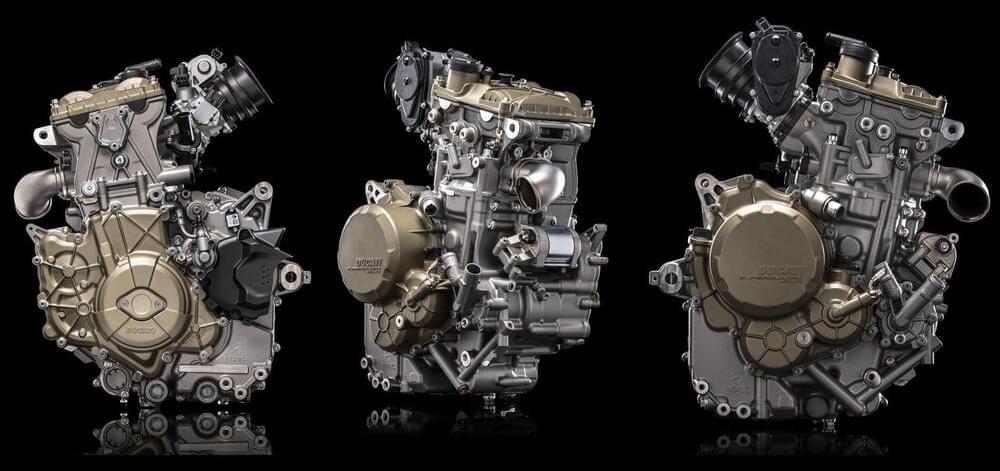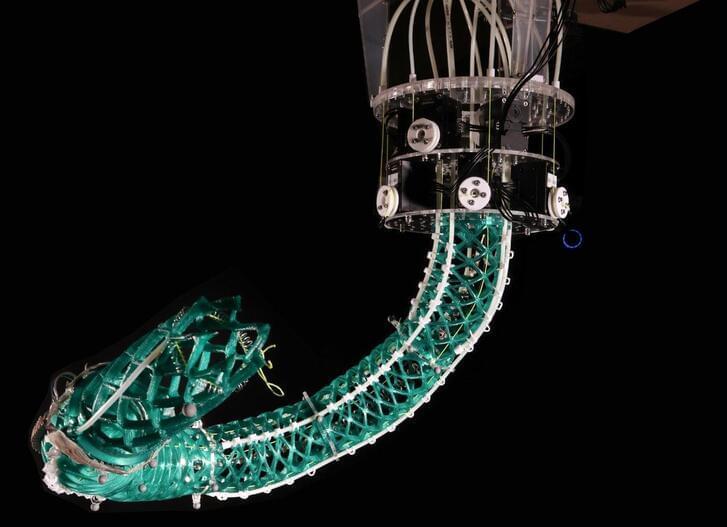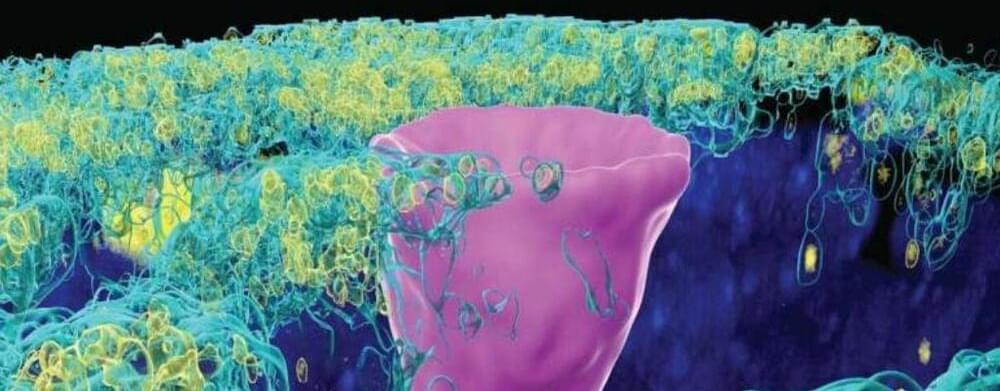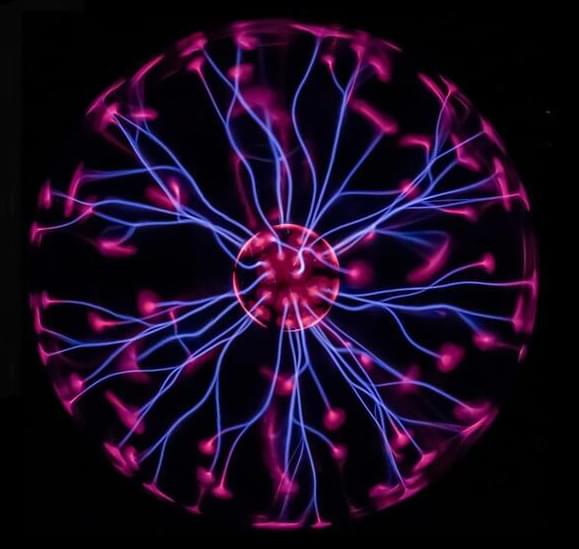The engine combines the right blend of power, performance, technology and efficiency.
A renowned automaker, typically known to introduce high-revving models that often found its competition in offerings from rival brands with double the cylinders, has now taken a bold step by unveiling a single-cylinder engine.
With a rich heritage dating back to 1926 when the company was founded in Bologna, Italy, Ducati has consistently… More.
Ducati.
Ducati, a name synonymous with Italian engineering excellence and high-performance motorcycles, announced the revival of a tradition with the launch of the Superquadro Mono and promises to redefine single-cylinder motorcycles with a blend of power, efficiency, and technology.









